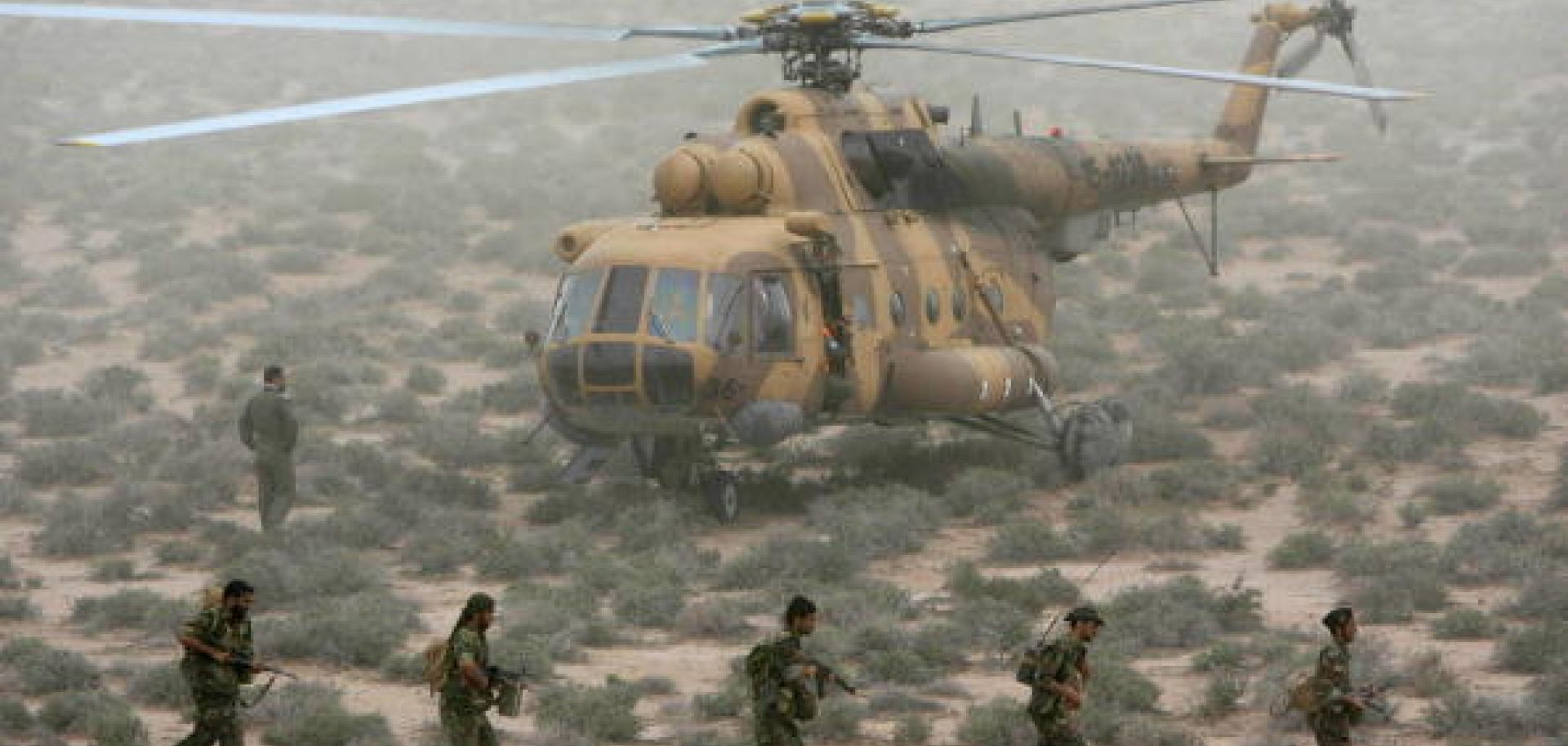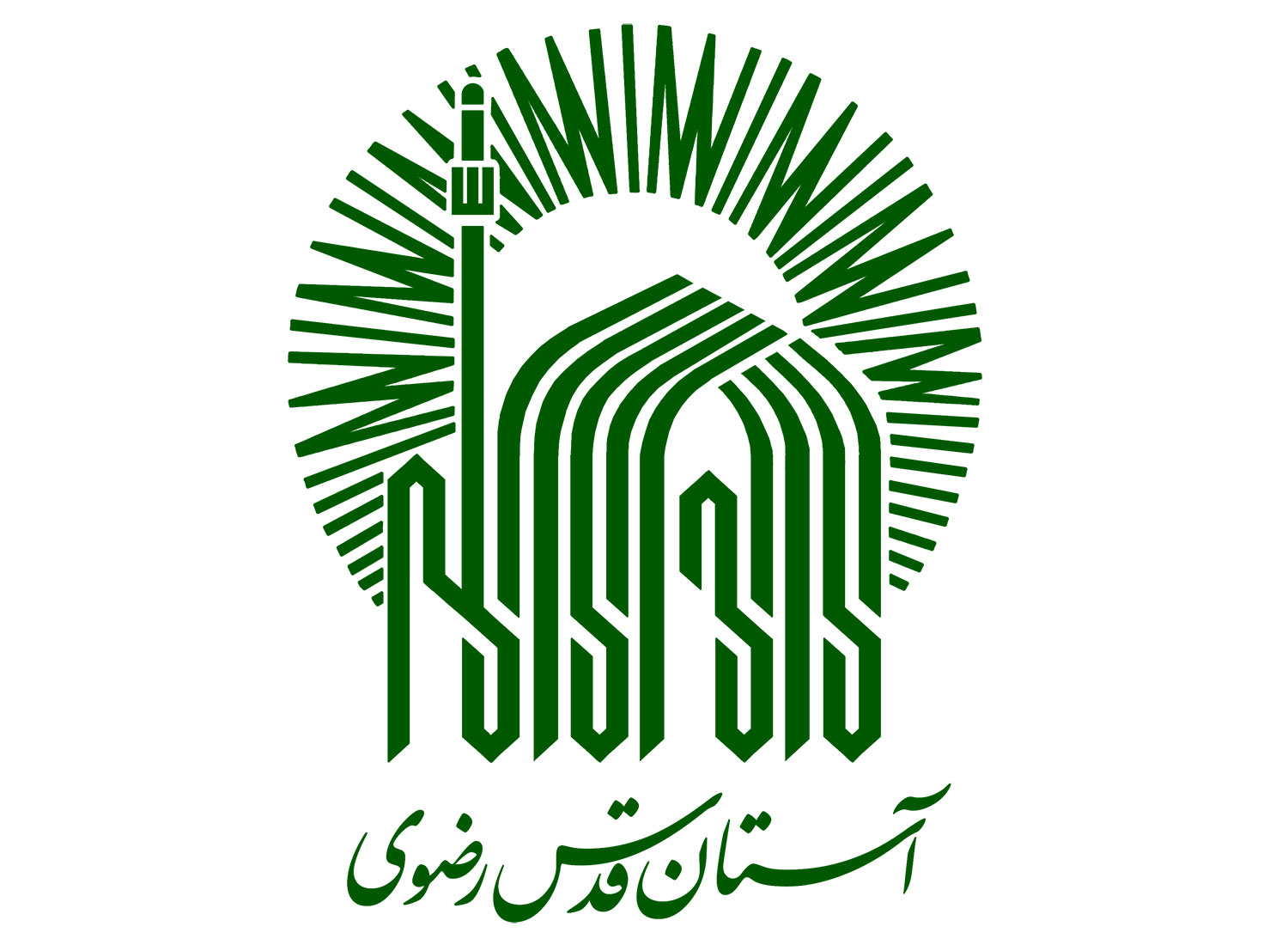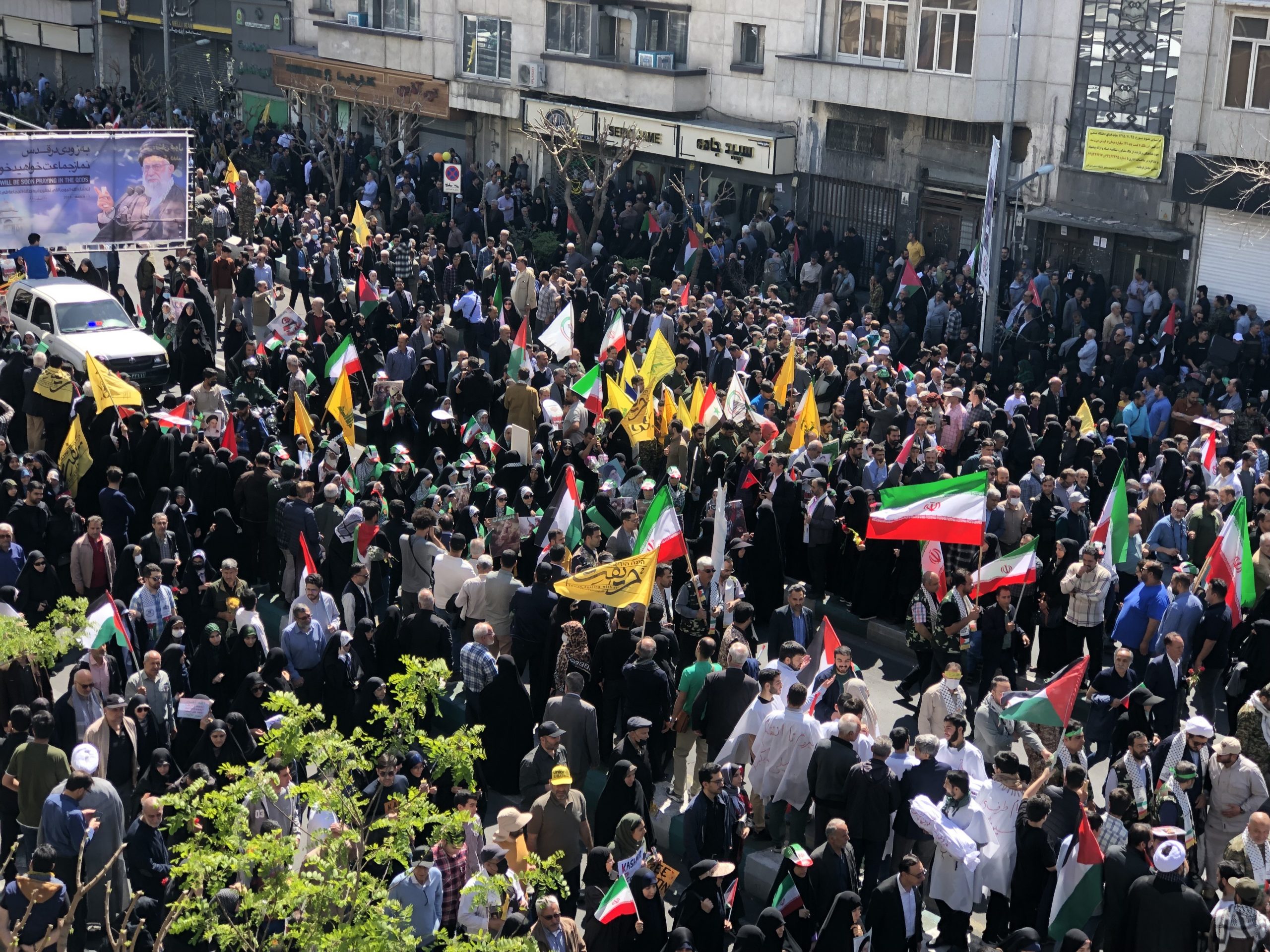Iran's Shadowy Quds Force: Unveiling Its Global Reach
The Quds Force, a name synonymous with Iran's strategic depth and covert operations, stands as one of the most enigmatic and powerful arms of the Islamic Republic's military. Far from being a conventional military unit, this elite clandestine wing of the Islamic Revolutionary Guard Corps (IRGC) is primarily responsible for Tehran's foreign operations, extending its influence across the Middle East and beyond. Understanding the Quds Force is crucial to grasping the complexities of regional geopolitics, as its actions frequently intersect with the interests of major global powers, notably the United States and Israel.
Often described as the Iranian unit deployed to challenge the United States' presence in Iraq following the 2003 invasion, which placed 165,000 American troops along Iran's western border, and adding to the American troops already in Iran's eastern neighbor Afghanistan, the Quds Force has been at the forefront of Iran's asymmetric warfare strategy. Its deep involvement in regional conflicts, from supporting proxy groups to conducting intelligence operations, underscores its centrality to Iranian national security and foreign policy. This article delves into the origins, structure, operational scope, and key figures of the Quds Force, shedding light on its profound impact on the Middle East's volatile landscape.
Table of Contents
- The Quds Force: Iran's Elite Clandestine Arm
- Shaping Regional Dynamics: The Quds Force's Strategic Imperatives
- Architects of Influence: The Quds Force's Proxy Network
- High-Stakes Operations: Quds Force in the Crosshairs
- Leadership and Legacy: From Soleimani to Qaani
- Funding the Network: Iran's Financial Lifelines for the Quds Force
- International Scrutiny and Counter-Operations
- The Future Trajectory of the Quds Force
The Quds Force: Iran's Elite Clandestine Arm
The Quds Force, often simply referred to as "Quds," is not merely a component of Iran's military; it is an elite, clandestine arm of the Islamic Revolutionary Guard Corps (IRGC), specifically tasked with foreign operations. Its very nature suggests a focus on unconventional warfare, intelligence gathering, and the projection of Iranian power through non-traditional means. The force's activities are shrouded in secrecy, earning it the description as one of the "most powerful and shadowy arms of Iran’s military." This covert operational capability allows Tehran to exert influence and challenge adversaries without direct, overt military confrontation, providing a layer of deniability that is crucial in the complex geopolitical landscape of the Middle East.A Pillar of the Islamic Revolutionary Guard Corps (IRGC)
Within Iran's armed forces, the Quds Force holds a unique and highly significant position. It is one of eight branches of the Islamic Revolutionary Guard Corps (IRGC), an organization that itself operates parallel to Iran's conventional army and is deeply intertwined with the country's political and economic structures. The IRGC, which the U.S. has designated as a foreign terrorist organization, serves as the ideological guardian of the Islamic Revolution, and the Quds Force is its spearhead for exporting revolutionary ideals and defending Iranian interests abroad. This special place within the Iranian military establishment is due to its centrality to Iranian strategy and its closeness to the Supreme Leader, Ayatollah Ali Khamenei, who reportedly holds a direct oversight role. This direct line to the highest authority in Iran ensures that the Quds Force's operations align perfectly with the broader strategic objectives of the Iranian regime.Shaping Regional Dynamics: The Quds Force's Strategic Imperatives
The strategic imperatives guiding the Quds Force are deeply rooted in Iran's post-revolution foreign policy, which prioritizes regional influence, deterrence against external threats, and the support of allied non-state actors. The Quds Force's operations are meticulously planned to achieve these objectives, often leveraging asymmetric tactics to offset the conventional military superiority of its adversaries. Its presence and activities are felt across the Middle East, from the Levant to the Arabian Peninsula, where it actively works to cultivate and strengthen relationships with groups that share its anti-imperialist and anti-Zionist ideologies. This proactive engagement is not merely reactive; it is a fundamental component of Iran's long-term vision for regional security and its role as a major power. The Quds Force's ability to operate effectively in diverse and often hostile environments speaks volumes about its adaptability and the depth of its networks.Confronting US Influence in the Middle East
A primary strategic imperative for the Quds Force has been to challenge the United States' presence and influence in the Middle East. Following the U.S. invasion of Iraq in 2003, which positioned a significant American military force along Iran's western border, and with troops already in Afghanistan to its east, the Quds Force became a crucial instrument for Tehran to counter what it perceived as encirclement. It has been instrumental in supporting various Iraqi militia groups, providing training, funding, and weaponry to resist the U.S. occupation and to shape the political landscape in Baghdad to Iran's advantage. This engagement was not limited to Iraq; the Quds Force has historically sought to diminish American influence throughout the region, viewing the U.S. presence as a threat to Iran's security and its aspirations for regional hegemony. This objective has driven many of its covert operations and its sustained efforts to build a network of proxy forces capable of challenging U.S. interests and allies.Architects of Influence: The Quds Force's Proxy Network
The Quds Force's most significant and visible impact comes through its extensive network of proxy groups and allied non-state actors across the Middle East. For years, the Quds Force has been used to arm and train militias across the region to confront Israel and to help Tehran expand its influence. This strategy allows Iran to project power and engage in conflicts without direct military intervention, thus minimizing the risk of conventional warfare and maximizing deniability. These proxies serve as extensions of Iran's foreign policy, executing its strategic objectives and acting as deterrents against perceived threats. The relationships with these groups are not merely transactional; they are often built on shared ideological foundations, historical solidarity, and mutual strategic interests, making them robust and resilient. The Quds Force spearheads dealings with these proxy groups, ensuring coordination and effectiveness in their operations.Forging the Axis of Resistance
A key concept promoted by the Quds Force in recent years is the "Axis of Resistance." This refers to a cohesive coalition of groups across the Middle East that are aligned with Iran's anti-Western and anti-Israeli stance. The Quds Force has emphasized promoting interoperability among these groups, trying to transform what might have been disparate entities into a more unified and effective front. This axis includes prominent organizations such as Hezbollah in Lebanon, Hamas in Gaza, and the Houthi rebels in Yemen. The Quds Force coordinates support for these Iranian allies, providing them with military training, advanced weaponry, and financial aid. Through this network, the Quds Force can exert pressure on adversaries, conduct intelligence operations, and potentially launch coordinated attacks, making the Axis of Resistance a formidable challenge to regional stability. The strategic goal is to create a layered defense and offense capability that can respond to various contingencies and maintain a constant state of readiness against common adversaries.High-Stakes Operations: Quds Force in the Crosshairs
Given its critical role in Iran's foreign policy and its direct involvement in regional conflicts, the Quds Force frequently finds itself at the center of high-stakes operations and a primary target for adversaries. Its operatives coordinate terrorist attacks against Israel through proxy groups backed by the Iranian regime across the Middle East, according to the Israel Defense Forces. Consequently, the Quds Force has been among the key targets of Israel's recent airstrikes. For instance, the Israeli Air Force (IAF) overnight Sunday struck command centers of the Islamic Revolutionary Guard Corps’ elite Quds Force, the military said. These strikes underscore the ongoing shadow war between Iran and Israel, with the Quds Force being a central battleground. The intensity and frequency of these operations highlight the perceived threat posed by the Quds Force to regional stability and the determination of its adversaries to degrade its capabilities and disrupt its networks.Leadership and Legacy: From Soleimani to Qaani
The leadership of the Quds Force is critical to its operational effectiveness and strategic direction. The commanders of this elite unit are not just military figures; they are often highly influential personalities deeply trusted by the Supreme Leader. Their tenure shapes the force's trajectory and its approach to regional challenges. The transition of leadership within the Quds Force, particularly after significant events, often draws intense international scrutiny due to the unit's profound impact on geopolitical dynamics.The Enduring Impact of Qassem Soleimani
For many years, the Quds Force was led by Major General Qassem Soleimani, a figure of immense popularity within Iran and a revered strategist across the "Axis of Resistance." His charismatic leadership and deep understanding of regional dynamics allowed him to forge and strengthen Iran's proxy network, making the Quds Force an incredibly effective instrument of Iranian foreign policy. Soleimani’s loss was seen as a massive blow to the Quds Force and Iran’s national security agenda overall, given his popularity in Iran and his achievements. The United States assassinated its former leader, Qassem Soleimani, in a drone strike in Baghdad in 2020. This unprecedented action by the U.S. sparked widespread condemnation in Iran, with Ali Khamenei, the Iranian regime’s supreme leader, declaring three days of mourning for Soleimani’s death and personally attending an emergency meeting of the security council. Soleimani's death left a significant void, making the task of replacing him one of the most critical challenges for the Quds Force and the Iranian establishment. Following Soleimani's assassination, Tehran named Brigadier General Esmail Qaani the head of the IRGC’s Quds Force. Qaani, who had served as Soleimani's deputy for many years, inherited the complex task of maintaining the force's operational tempo and coherence. While less publicly known than his predecessor, Qaani is a veteran commander with extensive experience in the Quds Force's foreign operations. His leadership has been under intense scrutiny, particularly amid reports regarding his health and status. For instance, a report on October 9, 2024, mentioned Brigadier General Esmail Qaani, commander of the Quds Force in the Islamic Revolutionary Guards, was killed during an Israeli strike in Iran, citing an Iranian source. However, this was swiftly contradicted, with the Quds Force’s deputy commander, Iraj Masjedi, stating that Esmail Qaani is in “good health,” and an adviser adding that Qaani is well and is to get a medal from the supreme leader. Such conflicting reports highlight the highly sensitive and often murky nature of intelligence surrounding the Quds Force and its top leadership.Funding the Network: Iran's Financial Lifelines for the Quds Force
The operational capabilities and extensive reach of the Quds Force are heavily reliant on robust financial support. These funds are crucial for arming, training, and sustaining the various proxy groups and militias that constitute Iran's "Axis of Resistance." The methods by which the Quds Force acquires and distributes these funds are often complex and opaque, designed to circumvent international sanctions and detection. These funds can then be acquired across the globe by Iranian proxies, indicating a sophisticated network for illicit finance. The financial lifelines supporting the Quds Force and its proxies involve a multi-faceted approach, including state budgets, illicit oil sales, complex financial networks, and even charitable organizations that serve as fronts. The ability of the Quds Force to maintain this financial pipeline despite concerted international efforts to disrupt it speaks to its ingenuity and the deep integration of its financial operations within Iran's broader economic and political system. This financial resilience is a critical factor in the Quds Force's enduring capacity to project power and influence across the Middle East, making it a key focus for international counter-terrorism and sanctions efforts.International Scrutiny and Counter-Operations
The activities of the Quds Force are under constant and intense international scrutiny, particularly from the United States, Israel, and their allies. These nations view the Quds Force as a significant threat to regional stability and a key driver of terrorism and destabilization. The U.S. has designated the IRGC, and by extension the Quds Force, as a foreign terrorist organization, leading to severe sanctions aimed at crippling its financial and operational capabilities. Counter-operations against the Quds Force are multifaceted, ranging from intelligence gathering and cyber warfare to targeted strikes and financial sanctions. Israel, in particular, has openly acknowledged striking Quds Force targets within Syria and, at times, has even indicated the possibility of targeting its headquarters in the Iranian capital, Tehran. Netanyahu, for example, declined to rule out targeting Iran’s supreme leader, Ayatollah Ali Khamenei, indicating the high level of strategic thinking involved in counter-Quds Force operations. These counter-operations aim to degrade the Quds Force's ability to coordinate attacks, supply proxies, and expand Iranian influence, highlighting the ongoing shadow war that defines much of the Middle East's geopolitical landscape.The Future Trajectory of the Quds Force
The Quds Force is likely to take a central role in the evolving geopolitical landscape of the Middle East. Its operational model, focused on asymmetric warfare and the cultivation of proxy networks, remains a highly effective tool for Iran to project power and counter adversaries without direct military confrontation. However, the force also faces significant challenges. The loss of a figure as influential as Qassem Soleimani undeniably created a void, and while Esmail Qaani has stepped into the leadership role, such changes raise fundamental questions about the composition and future direction of the Quds Force. The continuous pressure from international sanctions, the ongoing counter-operations by Israel and the U.S., and the evolving dynamics within the Middle East itself will all shape the Quds Force's trajectory. Its ability to adapt to these pressures, maintain the cohesion of the Axis of Resistance, and continue to secure vital funding will determine its effectiveness in the years to come. Regardless of these challenges, the Quds Force will undoubtedly remain a powerful and shadowy arm of Iran’s military, continuing to play a central role in Tehran’s covert operations and shaping the future of the Middle East.Conclusion
The Quds Force stands as a testament to Iran's strategic foresight and its commitment to projecting power beyond its borders. As an elite clandestine wing of the IRGC, it has masterfully cultivated a network of proxies, challenged established powers, and consistently played a central role in Tehran's covert operations across the Middle East. From confronting U.S. influence to arming groups like Hezbollah and Hamas, the Quds Force's actions have profoundly shaped regional dynamics. The legacy of figures like Qassem Soleimani continues to resonate, even as his successor, Esmail Qaani, navigates the complex challenges of leadership amidst intense international scrutiny and targeted counter-operations. The Quds Force's ability to maintain its financial lifelines and adapt to an ever-changing geopolitical environment will be crucial to its future. Understanding the Quds Force is not just about comprehending a military unit; it's about grasping a fundamental pillar of Iran's foreign policy and its enduring impact on global security. What are your thoughts on the Quds Force's role in the Middle East? Share your perspectives in the comments below, or explore our other articles to deepen your understanding of regional geopolitics.
Iran: Quds Force in Venezuela

Astan Quds Razavi | Iran Watch

Thousands Marched on "World Quds Day" in Iran - IHA News